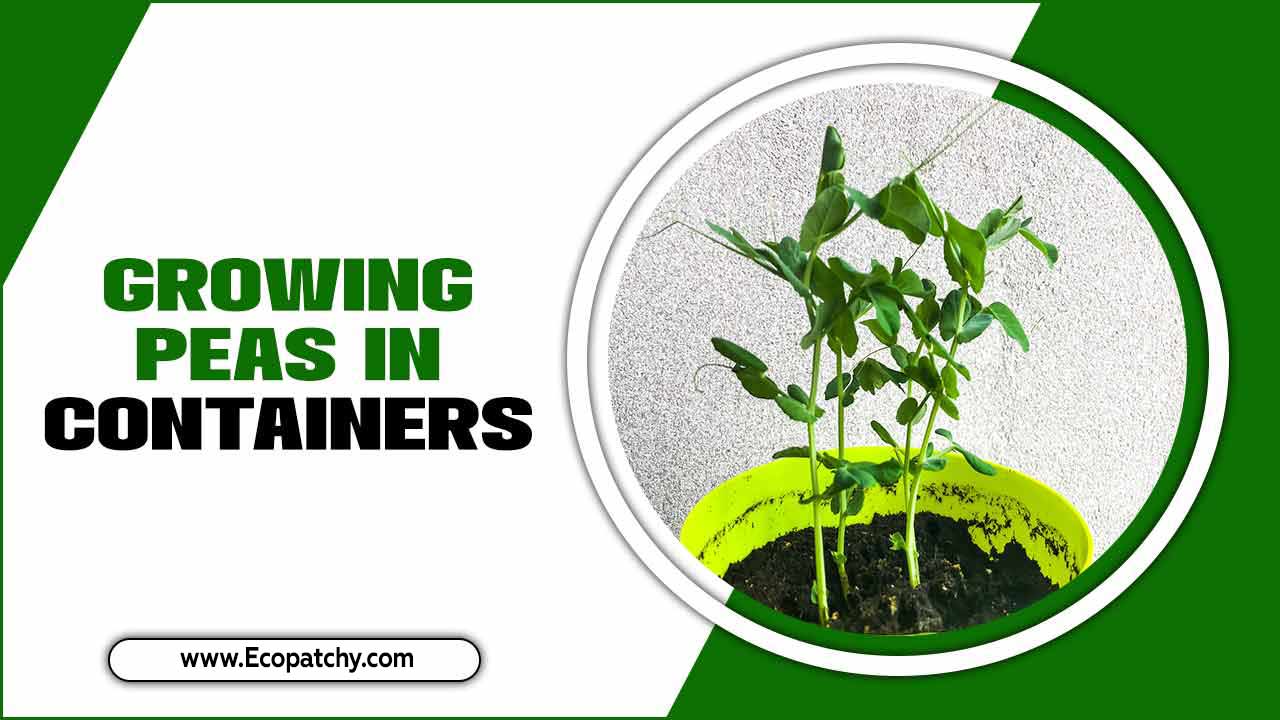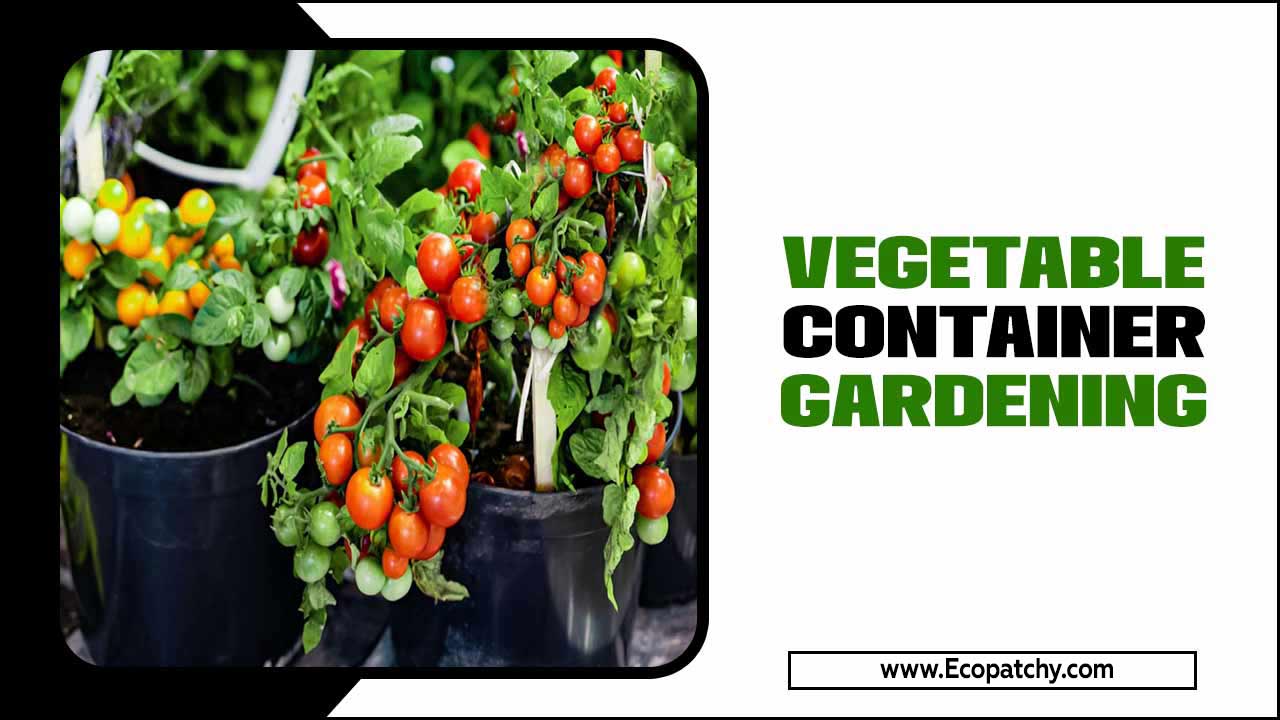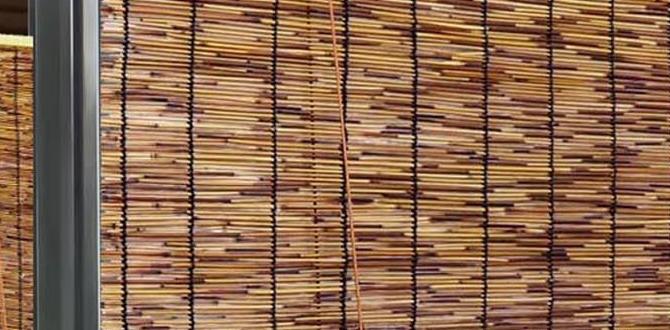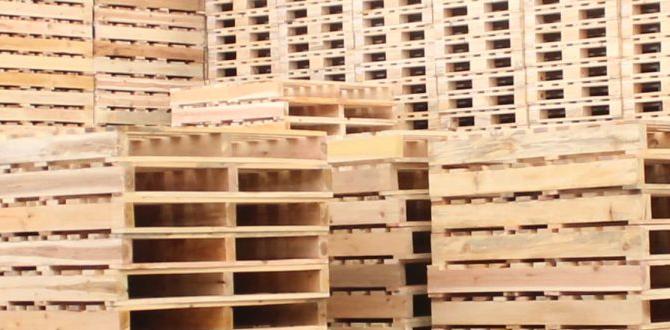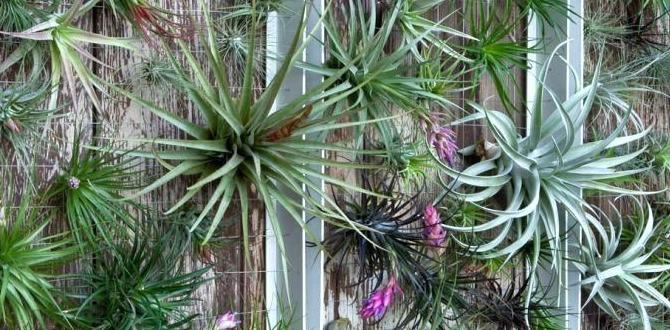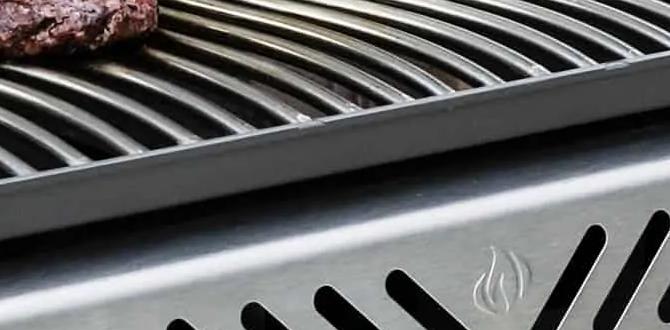Growing your vegetables is not only a rewarding experience but also an environmentally-friendly one. However, not everyone can access a large garden to grow their produce. This is where container gardening comes in.
Specifically, growing green beans in containers offers a convenient and easy way to enjoy this nutritious and versatile vegetable right from your home. Whether you are a beginner or an experienced gardener, we will provide all the necessary information on how to grow green Beans in containers.
From choosing the right container and soil to proper watering and care, we will guide you through each step of the process. With the increasing popularity of urban and small-space living, container gardening is a practical and sustainable solution for growing your food.
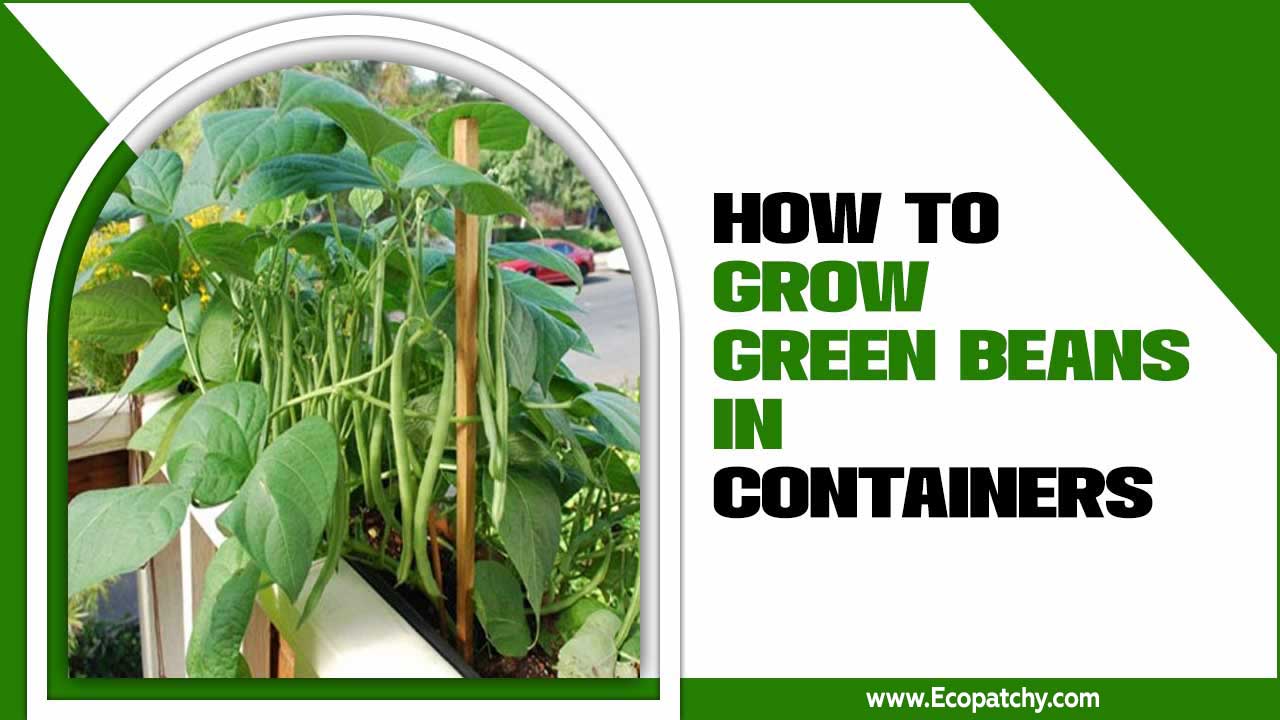
8 Tips On How To Grow Green Beans In Containers
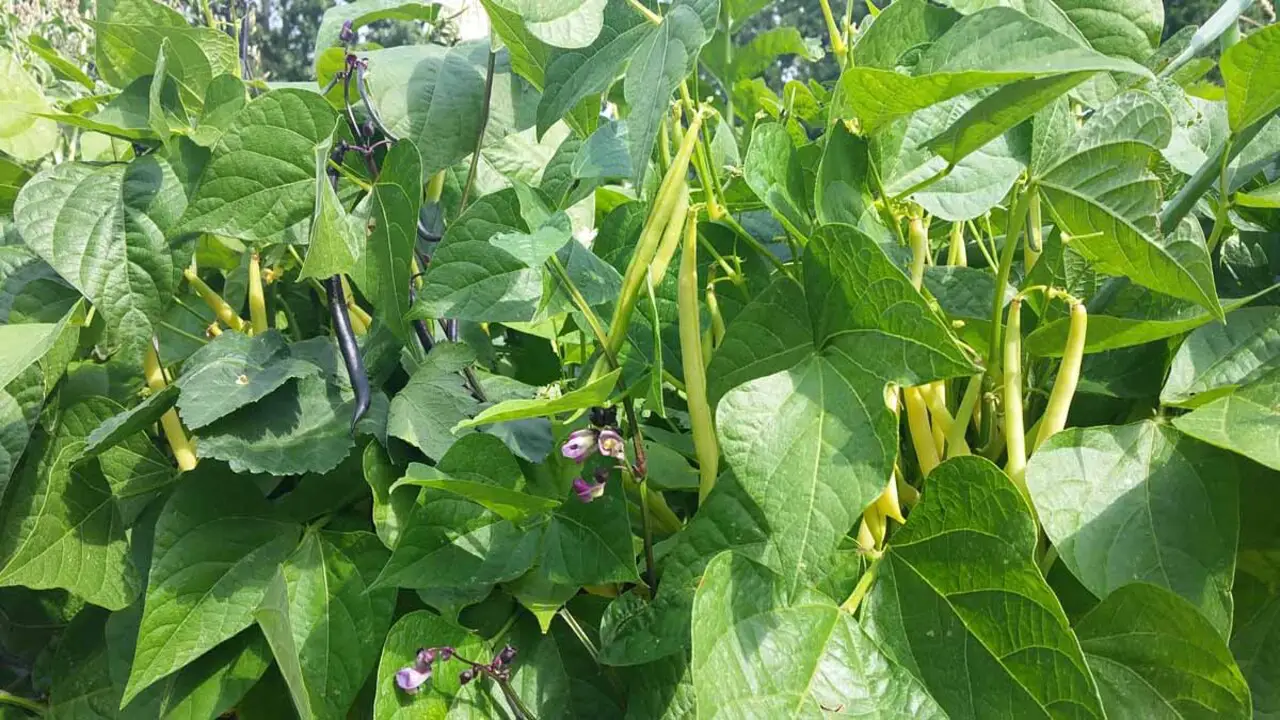
Here to know the answer how to grow green beans in containers? Growing green beans in containers is a great option for those with limited space or who want more control over their growing conditions. To start, choose a container at least 12 inches deep and wide to provide enough room for the roots to grow.
Fill the container with a well-draining potting mix, and ensure it has good drainage holes at the bottom. Next, sow the green bean seeds about one inch deep, spacing them at least two inches apart.
Water the container thoroughly after planting and moisten the soil throughout the growing season. Place the container in a sunny location, as green beans require at least six hours of direct sunlight daily. As the green bean plants grow, provide support such as trellises.
Step 1: Choose A Variety
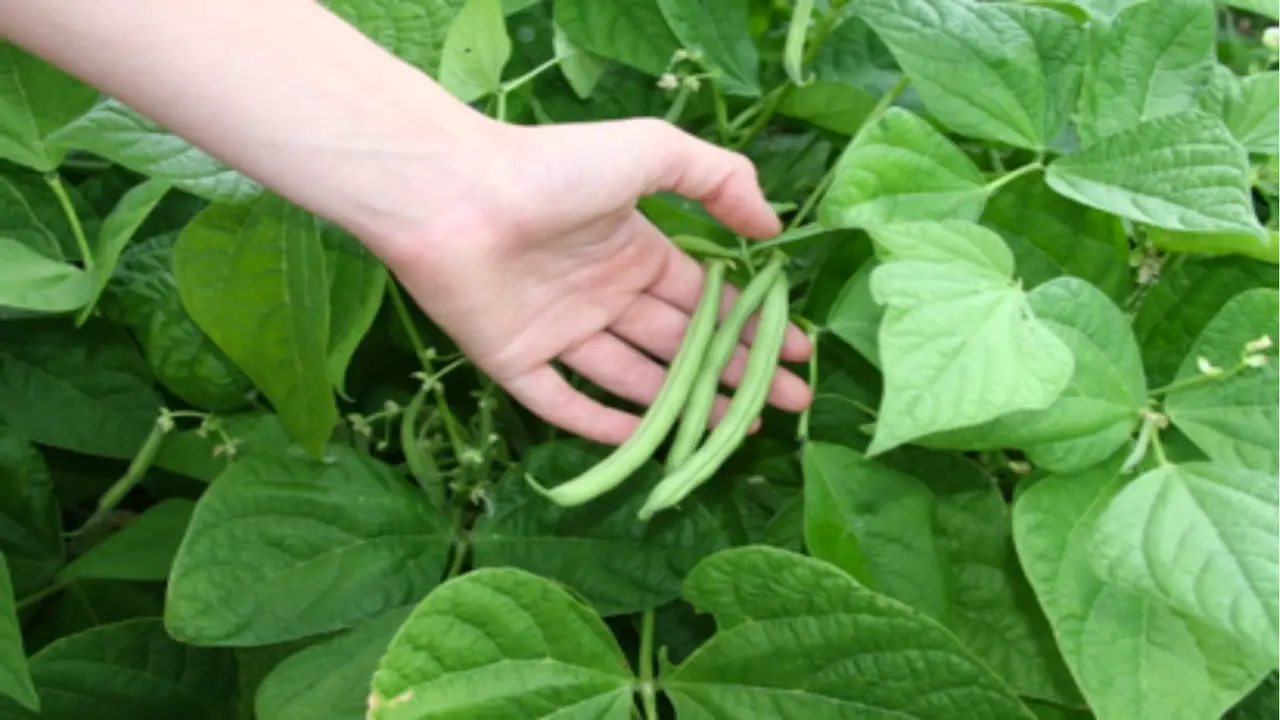
One popular option is the bush variety, which is compact and doesn’t require any support or trellis. This makes it perfect for container gardening, as it takes up less space and is easy to manage. Another option is the pole variety, which grows tall and requires some kind of support system.
This can be achieved by using stakes, cages, or even a trellis. The pole variety yields more beans per plant, making it a great choice for those looking for a high harvest. Different sub-varieties within these categories also offer various flavours, colors, and textures.
Some popular choices include the Kentucky Wonder, Blue Lake, and Provider varieties. Ultimately, the choice of green bean variety will depend on personal preference, available space, and the specific conditions of your container garden.
Step 2: Choose A Container

Growing green beans in containers is a great option for those with limited space or no access to a traditional garden. When choosing a container for this purpose, a few key factors must be considered. First and foremost, the size of the container is important. Green beans have a deep root system, so a container at least 12 inches deep is recommended.
Additionally, the container should have adequate drainage holes to prevent waterlogged soil. Choosing a container made of a durable material, such as plastic or terracotta, is also important for longevity.
Selecting a container wide enough to accommodate multiple plants is also advisable, as green beans thrive in clusters. Lastly, consider the placement of the container. Green beans require full sun, so ensure the container is placed in an area that receives at least 6-8 hours of direct sunlight daily.
Step 3: Find The Right Location
Finding the right location to grow green beans in containers is crucial for their successful cultivation. Green beans require at least six to eight hours of direct sunlight daily to thrive and produce a bountiful harvest. Look for a spot in your garden or patio that receives ample sunlight throughout the day. Additionally, consider the wind patterns in your area, as green beans prefer a location sheltered from strong winds.
Choosing a location with good air circulation is also important to prevent the development of fungal diseases. Placing the containers in an area with well-draining soil is recommended to avoid waterlogging, which can lead to root rot.
Lastly, ensure that the location is easily accessible for regular maintenance tasks such as watering, fertilizing, and harvesting. Considering these factors, you can create an ideal environment for growing healthy and productive green beans in containers.
Step 4: Use The Right Soil
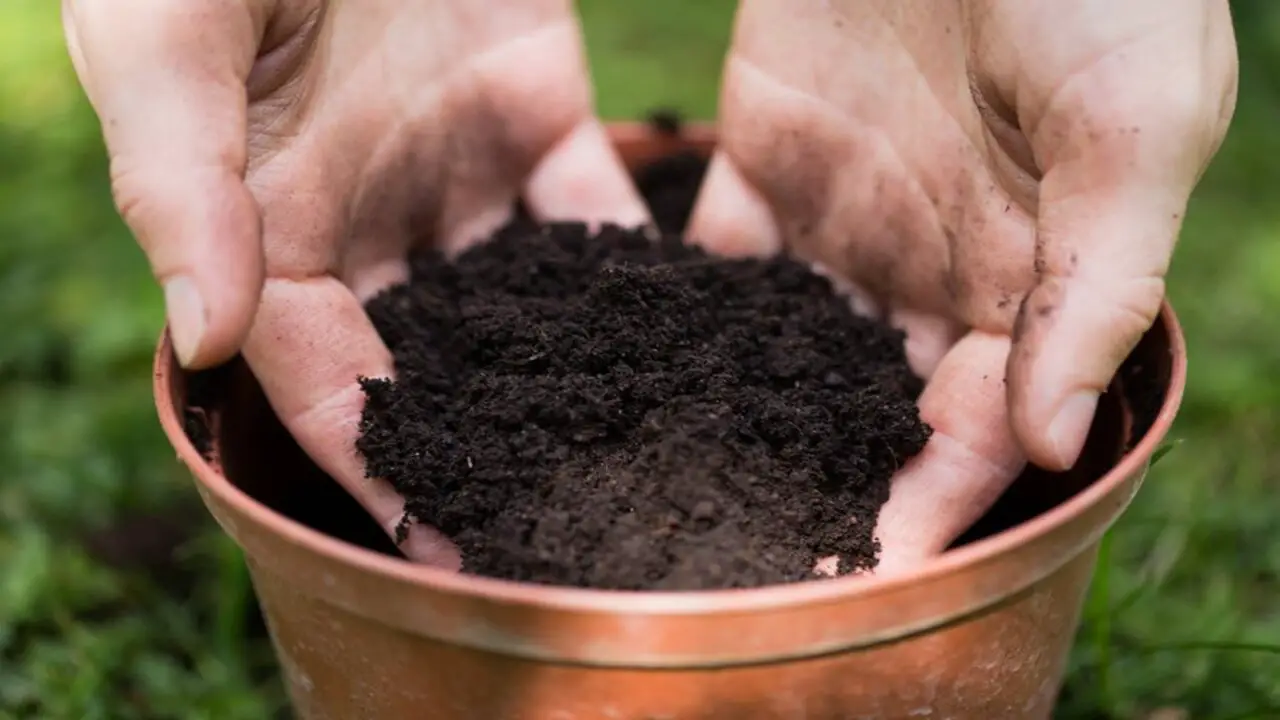
To successfully grow green beans in containers, it is essential to use the right soil. The soil is crucial in providing nutrients, water retention, and drainage for the plants to thrive. Opt for a well-draining potting mix that is specifically formulated for vegetable gardening. This soil type will allow excess water to drain properly, preventing root rot and other water-related issues.
Additionally, ensure that the soil is rich in organic matter. Adding compost or well-rotted manure to the soil before planting will improve its fertility and provide a steady supply of nutrients to the green bean plants. Organic matter also helps improve the soil structure, allowing for better aeration and root development.
It is important to note that green beans prefer a slightly acidic to neutral soil pH ranging from 6.0 to 7.0. Test the pH level of your soil and make any necessary adjustments using organic amendments or pH adjusters.
Step 5: Planting
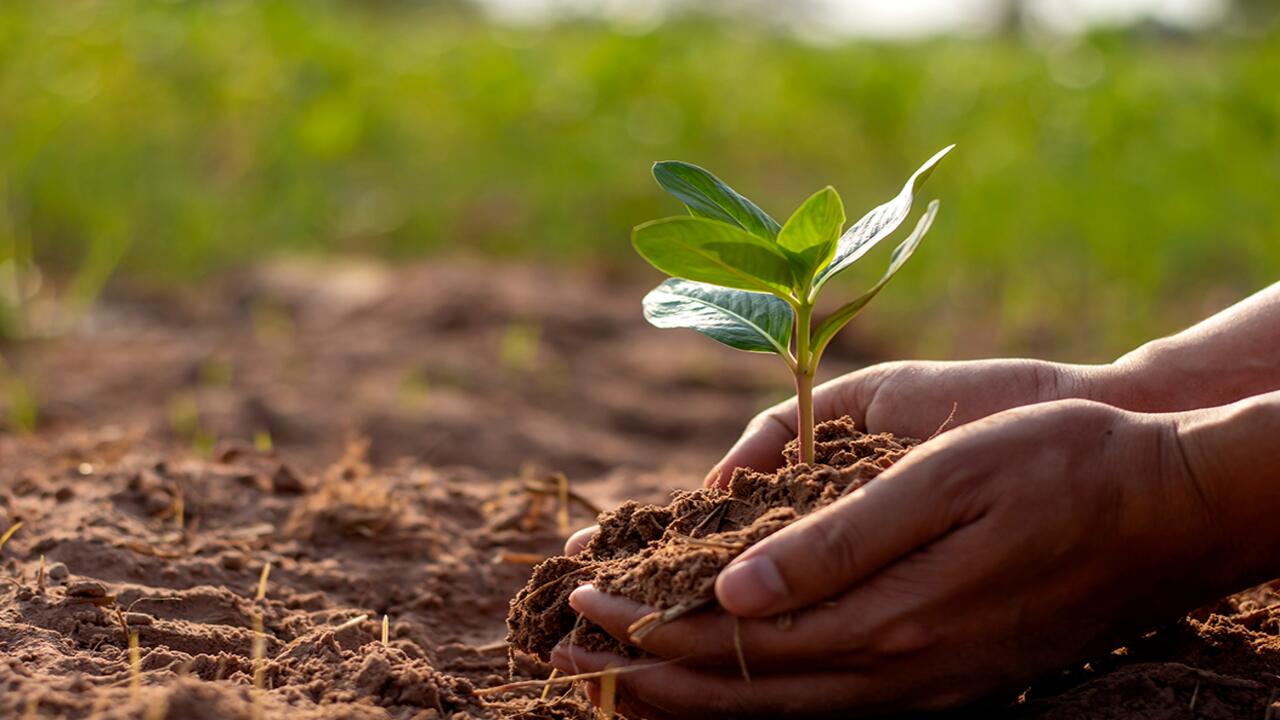
Planting is an essential step in growing green beans, especially when opting to cultivate them in containers. To begin, select a suitable container at least 12 inches deep with adequate drainage holes. Fill the container with a high-quality potting mix, leaving about 2 inches of space at the top. Next, sow the green bean seeds about 1 inch deep and 2 inches apart. Ensure the soil is consistently moist but not waterlogged throughout the growing process.
Place the container in an area that receives full sun for at least 6-8 hours daily. As the green beans start to sprout, provide support such as stakes or trellises to help them climb and prevent overcrowding. Regularly water the plants, keeping the soil evenly moist. A balanced fertilizer can also be applied every 4-6 weeks to promote healthy growth. Harvest the green beans when they reach the desired size, typically around 2-3 inches long.
Step 6: Watering
Watering is an essential aspect of growing green beans in containers. Green beans require consistent moisture to thrive and produce a bountiful harvest. When it comes to watering, it is important to strike a balance – neither overwatering nor underwatering the plants.
To ensure proper watering, it is recommended to check the soil’s moisture level regularly. Stick your finger about an inch into the soil; if it feels dry, it’s time to water. Avoid letting the soil completely dry out between watering sessions, as this can cause stress to the plants.
When watering green beans in containers, using a gentle watering technique is best. Avoid pouring water directly onto the leaves or flooding the container, leading to disease and root rot. Instead, aim to water at the base of the plant, allowing the water to soak into the soil.
Green beans may require more frequent watering to prevent wilting in hot and dry weather conditions.
Step 7: Fertilizing
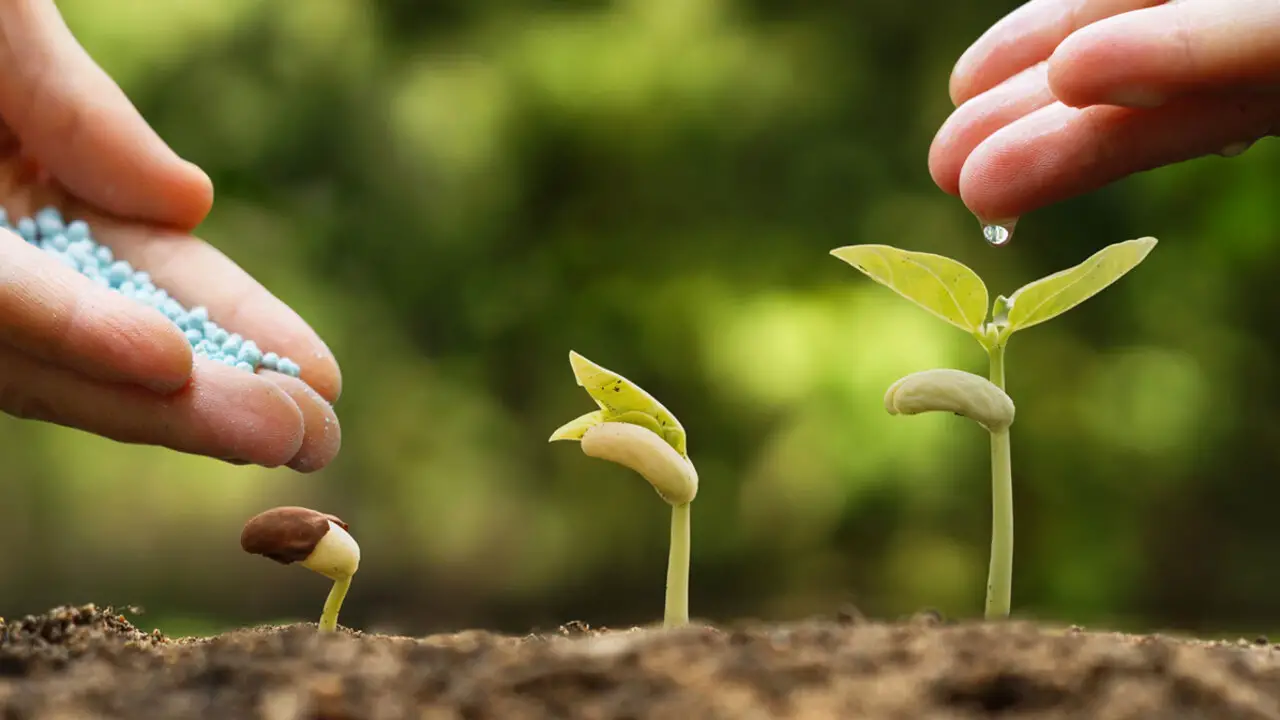
Fertilizing plays a crucial role in growing green beans in containers. Green beans are heavy feeders requiring nutrient-rich soil to thrive and harvest a bountiful harvest. To provide the necessary nutrients, it is recommended to use a balanced, slow-release fertilizer with an NPK ratio of 10-10-10 or similar.
Before planting the green beans, preparing the soil by incorporating organic matter such as compost or well-rotted manure is important. This helps improve soil fertility and provides a good foundation for growing plants. Once the beans are planted, it is advised to start fertilizing after the first set of true leaves appear.
Regular fertilization is essential to ensure the proper growth and development of the green bean plants. During the growing season, it is recommended to apply a water-soluble fertilizer every two to three weeks. This helps replenish the nutrients that may have been depleted from watering and promotes healthy foliage and robust bean production.
Step 8: Pest Management
Pest management is essential to maintaining healthy and productive green bean plants when growing them in containers. As with any type of gardening, pests can pose a significant threat to the success of your green bean crop. Implementing effective pest management strategies will help protect your plants from damage and ensure a bountiful harvest.
One of the first steps in pest management for container-grown green beans is to regularly inspect your plants for any signs of pests or damage. Look out for chewed leaves, holes in the foliage, or wilting plants, as these can be indicators of pest infestation. Early detection is crucial in preventing pests from multiplying and causing severe damage.
Various pests such as aphids, bean beetles, and spider mites commonly affect green beans. To control these pests, you can use various methods. One option is to introduce beneficial insects like ladybugs or lacewings, which naturally prey on pests and help keep their populations in check.
Supporting And Training Green Bean Plants

Supporting and training green bean plants in containers is essential for their proper growth and productivity. Green beans are vigorous climbers that require support to prevent them from falling over or tangling. One effective method is providing a trellis or a sturdy support system for the plants to climb.
When selecting a container for green beans, choose one at least 12 inches deep and wide enough to accommodate the root system. Fill the container with well-draining soil enriched with organic matter. Plant the green bean seeds or seedlings according to the recommended spacing, usually around 4-6 inches apart.
As the green bean plants grow, it’s important to start supporting them. Install a trellis or a vertical support system that is tall enough to allow the plants to climb upwards. Secure the trellis or support firmly in the container, ensuring stability.
Pest And Disease Management
Pest and disease management is crucial for successfully growing green beans in containers. You can take several steps to prevent pests and diseases from damaging your green beans. Regularly inspect your plants for signs of pests like aphids, spider mites, or bean beetles.
If you notice any infestations, use organic pest control methods such as neem oil or insecticidal soap to eliminate the pests. Proper watering techniques are also important in preventing diseases. Here are some tips to help you keep your plants healthy:
- Choose Disease-Resistant Varieties: Look for green bean varieties known for their resistance to common pests and diseases. This can help reduce the risk of infestation or infection.
- Use Clean Containers And Soil: Ensure your containers are clean and free from any previous plant debris before planting. Use high-quality potting soil that is well-draining and nutrient-rich.
- 3. Practice Proper Spacing: Overcrowding can increase the chances of pests and diseases spreading. Follow the recommended spacing guidelines for your green bean plants to ensure adequate air circulation.
- Monitor For Pests: Regularly inspect your plants for signs of pests such as aphids, bean beetles, or caterpillars. If you spot any, take immediate action to prevent infestation. You can manually remove the pests or use organic pest control methods.
Harvesting And Storing Green Beans
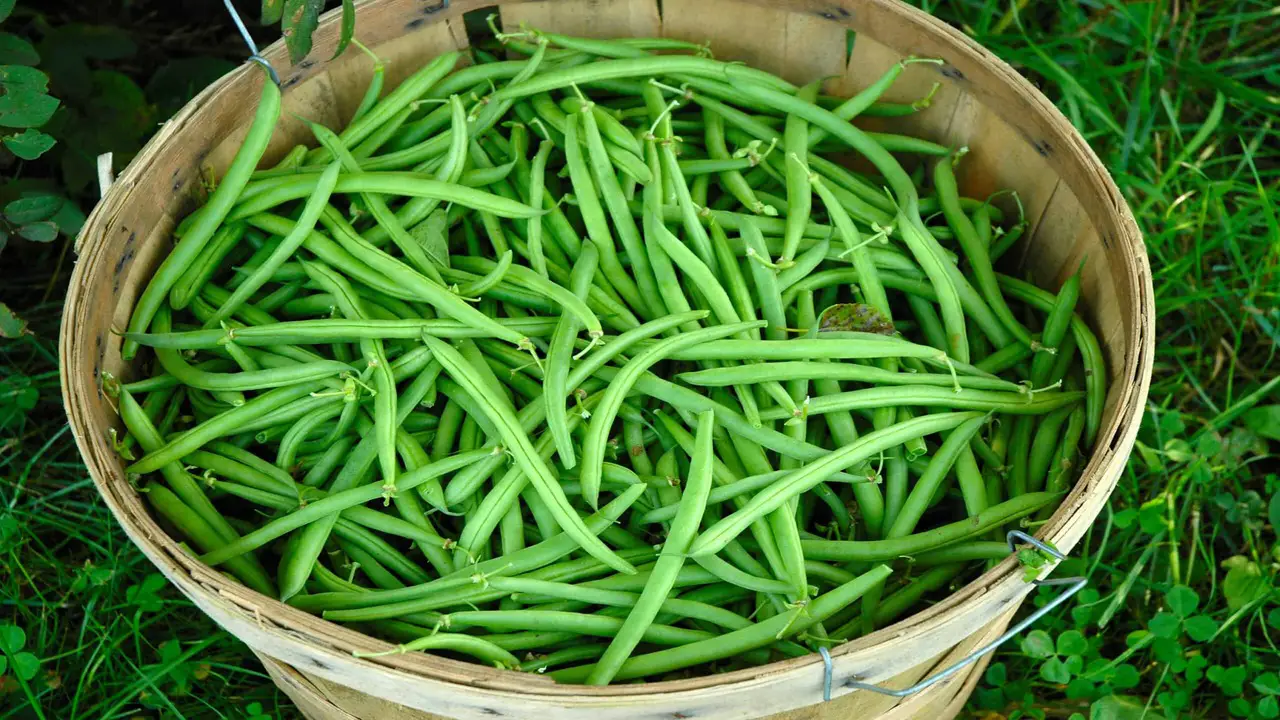
Once your green bean plants have matured and produced an abundant crop, it’s time to start harvesting. If you notice any overripe or discoloured pods, remove them immediately to prevent the plant from diverting energy towards maturing seeds. Harvesting and Storing Green Beans:
- Harvesting:
- When the green beans are fully grown, they should be harvested when they are young and tender before the seeds inside bulge.
- Check the pods regularly and pick them when they reach the desired size, usually around 4 to 6 inches long.
- Hold the stem of the pod and gently snap it off the plant. Alternatively, you can use scissors or pruners to cut the pods off.
- Storing:
- If you plan to store green beans for longer, preserving their freshness is important.
- Immediately after harvesting, wash the beans thoroughly to remove any dirt or debris.
- Pat them dry with a clean towel or air dry before storage.
- Store the beans in a perforated plastic bag or a container with holes for airflow.
Troubleshooting Common Issues
While growing green beans in containers can be a rewarding experience, it is important to be aware of some common issues that may arise. One common problem is overwatering. Ensuring the soil is well-drained and not waterlogged is crucial, as this can lead to root rot and other fungal diseases.
To prevent overwatering, ensure the containers have drainage holes and monitor the soil’s moisture levels regularly.Como solucionar problemas comuns ao cultivar feijão verde em recipientes?
- Problema: Falta de germinação das sementes
- Possível causa: Sementes de má qualidade ou idade.
- Solução: Certifique-se de usar sementes frescas e de boa qualidade. Pré-embeba as sementes por algumas horas antes de plantá-las para incentivar a germinação.
- Problema: Plantas murchas ou amareladas
- Possível causa: Falta de água ou excesso de água.
- Solução: Verifique se o solo está úmido, mas não encharcado. Regue regularmente, mantendo o solo úmido, mas não encharcado. Certifique-se de que o recipiente tenha drenagem adequada.
Tips For Success In Container Green Bean Gardening
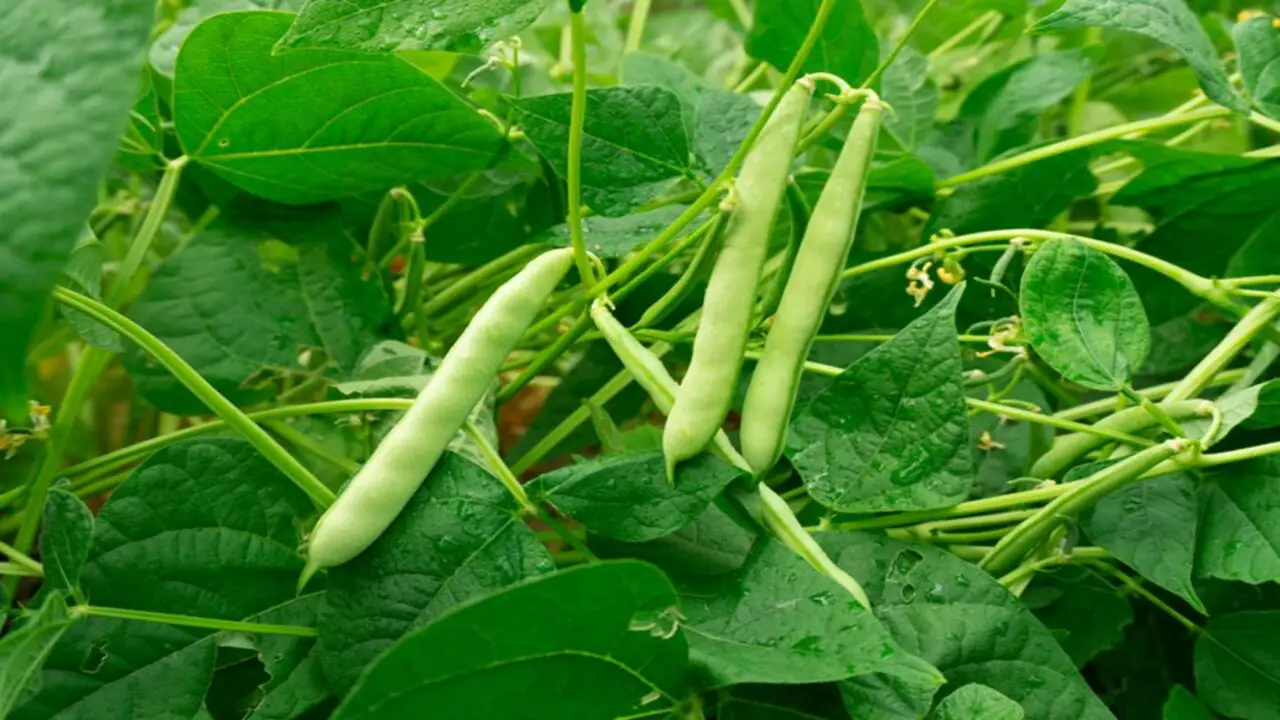
Container gardening is a popular and convenient method for growing green beans, allowing individuals with limited space or mobility to enjoy fresh produce. The use of containers offers flexibility, as they can be placed on patios, balconies, or even windowsills, maximizing the available area for cultivation.
Green beans, also known as string beans or snap beans, thrive in containers due to their compact size and shallow root system.Dicas para o sucesso no cultivo de feijões verdes em recipientes:
- Escolha O Recipiente Adequado: Certifique-se de escolher um recipiente grande o suficiente para acomodar o crescimento das plantas de feijão verde. Um recipiente com pelo menos 30 cm de profundidade é recomendado.
- Escolha O Tipo Certo De Feijão Verde: Existem muitas variedades de feijão verde disponíveis, então escolha uma variedade adequada para o cultivo em recipientes. Feijões de mato ou arbustivos são ideais, pois não crescem tão alto como as variedades trepadeiras.
- Escolha Um Local Ensolarado: Certifique-se de posicionar o recipiente em um local que receba pelo menos 6 horas de luz solar direta por dia.
Conclusion
growing green beans in containers is a rewarding and efficient way to produce fresh and delicious vegetables at home. It saves space compared to traditional gardening methods and allows for more control over the growing conditions, ensuring optimal growth and yield. As the plants grow, provide support such as a trellis or stakes to help them climb and keep the beans off the ground.
Regularly By following these simple steps, you can successfully grow green beans in any container, whether on a balcony or in a small backyard. Your green bean plants will thrive and provide a bountiful harvest with the right care and maintenance. Try it and see the joy of growing your food in containers. We hope now you understand how to grow green beans in containers.
FAQ
1.What Type Of Container Is Best For Growing Green Beans?
Ans: The best type of container for growing green beans is a large pot or container that is at least 12 inches deep and has good drainage. This allows the roots to have enough space to grow and prevents waterlogging. Additionally, choosing a container with a trellis or support system is beneficial as it helps the green beans climb and gives them proper support for healthy growth.
2.How Often Should Green Beans Be Watered When Grown In Containers?
Ans: Green beans grown in containers should be watered when the top inch of soil feels dry. This usually translates to watering the plants every 2-3 days, depending on factors such as temperature, humidity, and the size of the container. It’s important to avoid overwatering as it can lead to root rot and other issues. Regularly monitoring the moisture level of the soil and adjusting watering frequency accordingly will help ensure the healthy growth and productivity of the green bean plants.
3.What Is The Ideal Temperature For Growing Green Beans In Containers?
Ans: The ideal temperature for growing green beans in containers is between 70-80 degrees Fahrenheit (21-27 degrees Celsius).
4.Can Green Beans Be Grown In Containers Indoors Or Do They Require Outdoor Sunlight?
Ans: Green beans can be grown in containers indoors, but they do require outdoor sunlight or a strong source of artificial light to thrive. While they can tolerate partial shade, they need at least 6-8 hours of direct sunlight daily for optimal growth and fruit production. Indoor gardeners can use grow lights to give the plants light intensity and spectrum.
5.Are There Any Specific Fertilizers Or Nutrients That Green Beans Need When Grown In Containers?
Ans: When growing green beans in containers, providing them with the necessary fertilizers and nutrients for optimal growth is important. Green beans are heavy feeders, so they require a balanced fertilizer high in nitrogen, phosphorus, and potassium. Additionally, they benefit from micronutrients such as iron, magnesium, and calcium.

